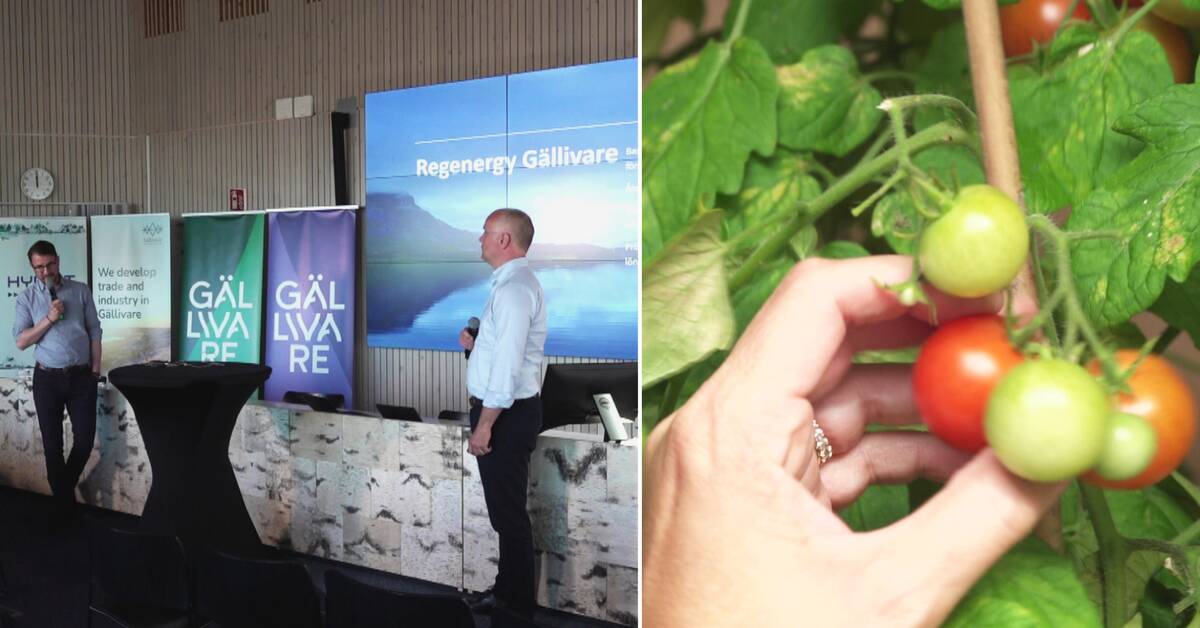A feasibility study is currently underway on how waste heat from LKAB's iron mushroom production can best be integrated into Gällivare Energi's existing district heating network.
The waste heat will then be used to grow vegetables on a large scale.
Gällivare Energi, which distributes the heat, has signed a letter of intent with the company WA3RM, which builds and finances infrastructure for green operations, to take care of parts of the waste heat from Hybrit.
- We are talking about waste heat amounts in the order of 800 gigawatt hours, which corresponds to the annual heating of 40,000 villas, which we see opportunities to recycle to grow vegetables and fish and more.
This is an investment that will make an impression in the necessary green transition and significantly increase Swedish food production and self-sufficiency, says CEO Thomas Parker.
Investment costs: SEK 10 billion
But a lot needs to be done before everything goes awry.
A technical design of the facility must be developed and the financing of the project must be secured.
And these are not small sums, but investment costs of around SEK 10 billion.
A similar, but much smaller, investment has already been made in Frövi in Bergslagen, where the company WA3RM has been involved.
In that project, the waste heat will be taken from BillerudKorsnäs paper mill to the production of tomatoes and giant prawns.
SEK 1.3 million was invested in Frövi, which was estimated to create 230 new jobs.
If the outcome were to be the same in Gällivare, it would mean more than 2,000 new jobs.
Hear municipal councilor Henrik Ölvebo (MP) and company founder Fredrik Indebetou about the investment in the video above.

